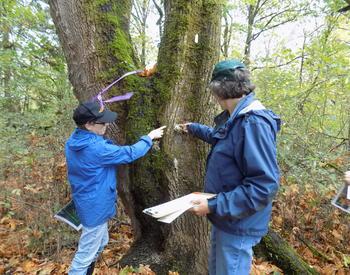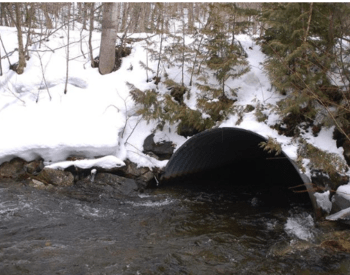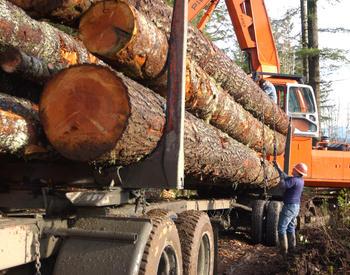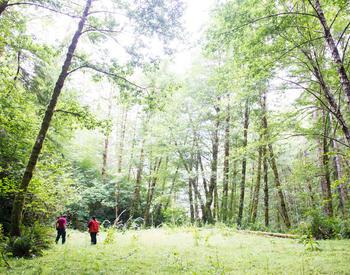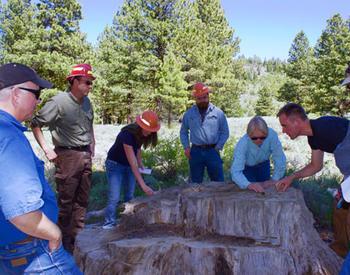For a human, mistletoe might conger up warm and fuzzy feelings of the winter season. For a tree, mistletoe might make it feel like it is destined to forever share its lunch. That is because mistletoe is a parasitic plant that takes water and nutrients from its host to survive and it doesn't offer up anything in return.
There are two types of mistletoes that are found in our forests in Lane and Douglas counties — dwarf, and true or leafy mistletoes.
Dwarf mistletoes
Dwarf mistletoes are flowering plants that form shoots on the branches or stems of the host tree. Shoots are yellow, purple, brown or olive green with small scalelike leaves that are usually indistinguishable from the stems.
They only grow on conifers and are generally species-specific or infect closely related species. This means a dwarf mistletoe growing on a ponderosa pine will not infect a white fir, only other ponderosa pines. The major hosts in our area are ponderosa pine, true firs and western hemlock.
These plants can cause significant health issues in their host trees including growth loss, distortion, topkill, mortality and predisposition to attack by bark beetles. In addition to the plant itself, signs that a tree is infected by these parasitic plants include branch brooms (the abnormal proliferation of branches or twigs on a single branch), bole swelling and cankers.
Dwarf mistletoes are spread by seed. Plants in the upper canopy rain down seeds that infect branches and trees in the lower canopy. If you have a dwarf mistletoe infection that you’d like to remove from your forest:
- Remove the trees that are of the same species as the infected trees.
- Do this from the understory within 50 feet of the infected overstory tree.
- Favor trees of another species.
- When the overstory trees die or are removed, then the dwarf mistletoe will be removed as well.
True mistletoes
True mistletoes differ from dwarf mistletoes in a number of ways. For starters, they are typically less damaging than dwarf mistletoes, which is likely a result of their hemiparasitic behavior. This means that they take water and inorganic nutrients from their hosts but make their own organic nutrients. Their green and noticeable leaves have some chlorophyll. These characteristics allow for photosynthesis so they are not completely dependent on the host tree. Host trees in our region include Oregon white oak and incense cedar.
True mistletoes spread with the help of birds. The berries are produced late into the year, offering a winter food source. The outside of the berries are sticky, so the birds can pass them to other trees on their bodies, or when they are eaten, seeds are passed through excrement.
The effects of true mistletoes on their host trees are typically negligible but there are still some small issues to be aware of. Trees with numerous infections can have issues with growth loss, branch dieback and drought stress. Due to the benign nature of these infections, we don’t normally recommend treatment. However, if you aren’t a fan of the aesthetics or your trees aren’t doing so well, pruning the mistletoe can offer a few years of relief. This unfortunately isn’t a permanent solution and repeated pruning will be necessary.
Pruning can be expensive, but there may be a fun solution. As mentioned before, the idea of mistletoe usually makes people think of the winter holidays. Well, that is because true mistletoes are those evergreen plants people hang over the door to kiss under. This tradition came about in Germany when mistletoe was thought to ward off ghosts and evil spirits.
With this in mind, you can take your mistletoe pruning pieces, wrap them up in ribbon and sell them at the local farmers market. Not only is it a fun activity to do with your family for the holidays, but you might make back some of that money you spent pruning.
